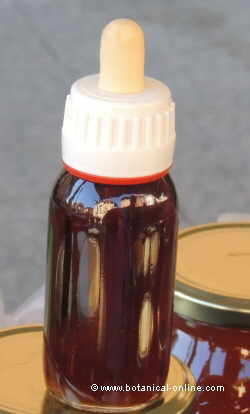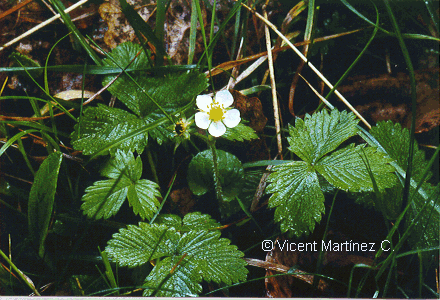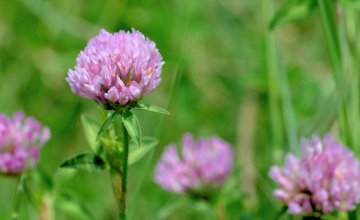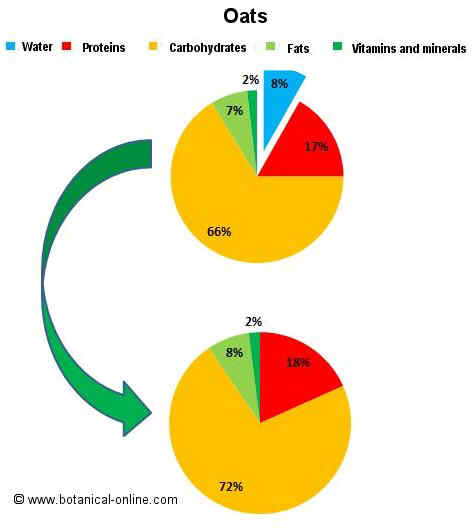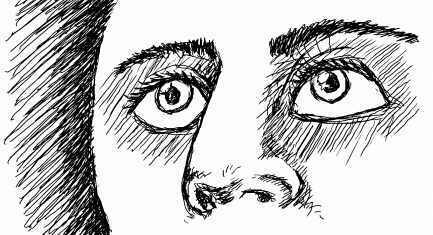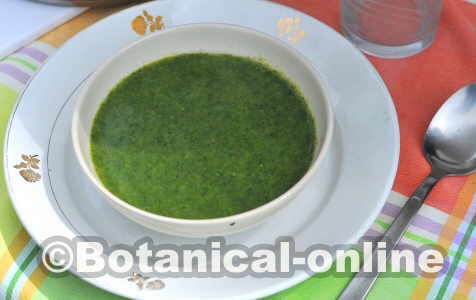Contents
Consequences of common rue
What are the side effects of common rue?
External use preparations of common rue or plant manipulation is likely to produce skin lesions caused by the phototoxic properties of furocoumarins.
Furocoumarines react with sunlight in such a way that they can produce dermatitis or blisters on the skin, skin spots, itching and even fever.
In external use, the essential oil of rue, rich in toxic compounds, can damage the skin, causing dermatitis or even blisters.
It is not rare that many people have experienced these reactions when gathering plants with bare hands or applying oil preparations made with it.
What are the bad symptoms of common rue intake?
In internal use, common rue is extremely dangerous producing very important lesions in the digestive tract. It can burn the mouth, especially the tongue, pharynx or seriously affect the stomach.
Moreover, once ingested, it can damage the liver, kidneys and even affect the respiratory tract leading to cardiorespiratory arrest.
 Flower of common rue
Flower of common rue
Common rue during pregnancy: Rue is abortifacient
Common rue acts on the uterine musculature producing strong stimulations that lead to uterine bleeding with possibility of abortion in pregnant women.
The use of this plant as an abortifacient should be discarded because the dose to abort is practically the same dose that is toxic.
Likewise, it is NOT recommended to prepare homemade remedies with common rue because it is a very dangerous plant.
![]() More information on common rue.
More information on common rue.

